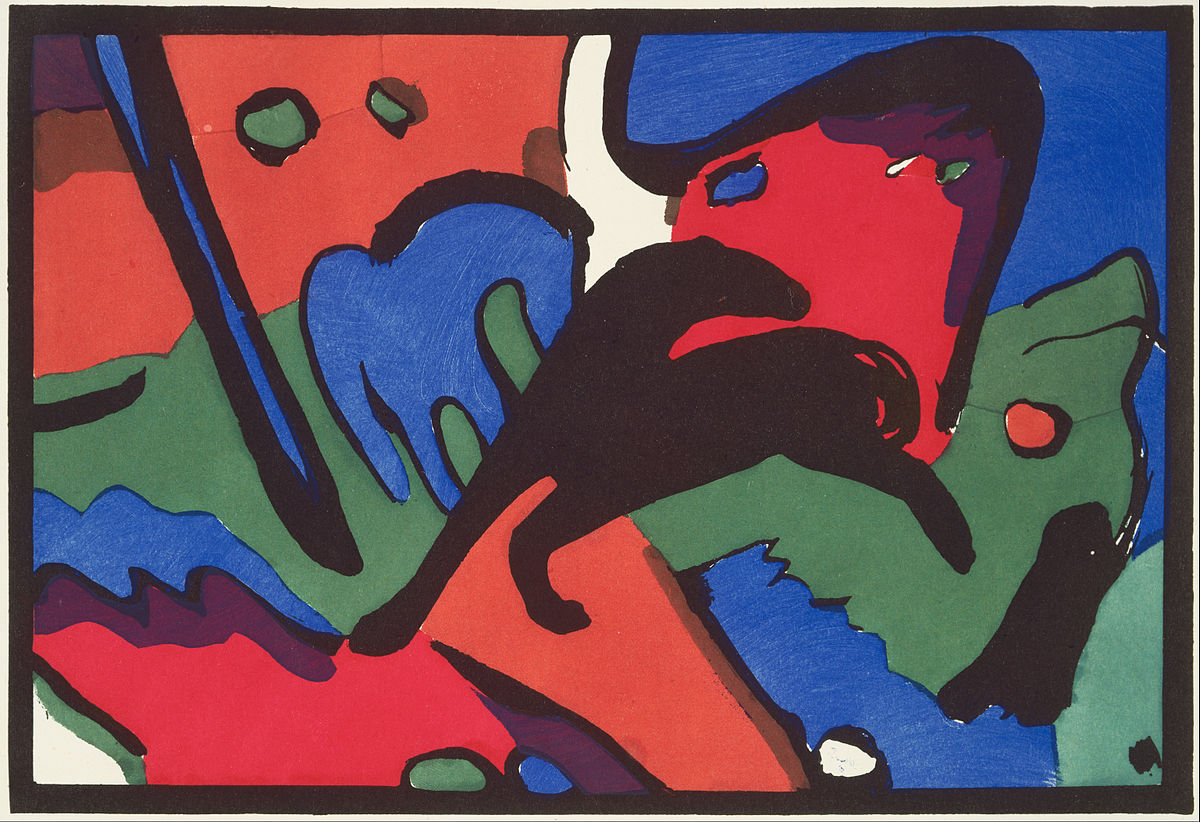Simultaneism/Presentism/Nowism
Simultaneism was a minor artistic movement concentrated in France, with influences from Futurism, Fauvism, and Cubism. It was intimately connected to the experience of the modern city, technological innovation, and industrialization.Urbanization presented the experience of great masses of people living together, and simultaneism focused on attempting to represent multiple experiences at the same time. It was also known as presentism or nowism because of its intense focus on the single moment shown through multiple perspective.It was self-consciously modern and tried to encapsulate the mood of the time.
Map of Simultaneist/Presentist/Nowist Manifestos
Major figures included Pierre Albert-Birot (who called his art Nunism), Blaise Cendrars, and Guillaume Apollinaire.
References
Bru, Sascha. “Avant-Garde Nows: Presentist Reconfigurations of Public Time.” Modernist Cultures 8, no. 2 (2013): 272–287.
Peter France. “Simultaneism.” The New Oxford Companion to Literature in French, Oxford University Press, 1995.
Der Blaue Reiter
Der Blaue Reiter was a small artistic movement named after the Der Blaue Reiter Almanac published by the group. The origins and clear meaning of the name, translated as “the blue rider”, remains unclear. After having broken off from a previous collective in 1911, Der Blaue Reiter consisted of artists such as Wassily Kandinsky, Franz Marc, and Gabrielle Munter, Jean Arp, Paul Klee, and Mikhail Larionov. They were similar to the expressionists but even more spiritual. Their Almanac published a notably wide range of artists for the time, and the group approached it as an artwork in itself, drawing inspiration from the Wagnerian idea of the ‘gesamtkunstwerk’ or ‘total artwork’. The movement ended with the beginning of World War I in 1914.
 "Der Blaue Reiter (The Blue Rider) by Franz Marc and Wassily Kandinsky, 1912, Museum of Fine Arts Boston | Public Domain.
"Der Blaue Reiter (The Blue Rider) by Franz Marc and Wassily Kandinsky, 1912, Museum of Fine Arts Boston | Public Domain.
References
“Blaue Reiter, Der.” "Encyclopædia Britannica Online", Encyclopedia Britannica Inc, 2020.
Carroll, Mark. “Hearing Is Believing: 'Inner Necessity' and the Songs in the Blaue Reiter Almanac.” Musicology Australia 32, no. 1 (2010): 3–26.
Kandinsky, Wassily, and Marc, Franz, , joint ed. Der Blaue Reiter. Neuausg.. München: R. Piper, 1965.
Price, Dorothy. German Expressionism. Manchester: Manchester University Press, 2020.
Scuola Metafisica
Scuola Metafisica was a minor Italian movement in the visual arts. The major figures were Giorgio Morandi, Carlo Carra, and Giorgio de Chirico. While their paintings were not abstract, they created jarring scenes using surprising imagery. Often depicting empty urban spaces, Scuola Metafisica included some former futurists and served as inspiration for Surrealism.
 "Ariadne by Giorgio de Chirico, 1913, The Metropolitan Museum of Art | Public Domain.
"Ariadne by Giorgio de Chirico, 1913, The Metropolitan Museum of Art | Public Domain.
References
Brazeau, Bryan. “Building a Mystery: Giorgio de Chirico and Italian Renaissance Painting.” Italianist 39, no. 1 (2019): 20–43.
“Metaphysical Painting.” "Encyclopædia Britannica Online", Encyclopedia Britannica Inc, 2020.